While Hindi movies got their next change in theme -- from romantic movies to crime and thrillers -- with Zanjeer (1973), when Bachchan distilled the angst of his generation as the Angry Young Man, advertising was still transitioning from a stiff English upper-lip to a more desi craft and flavour, notes Sayantani Kar.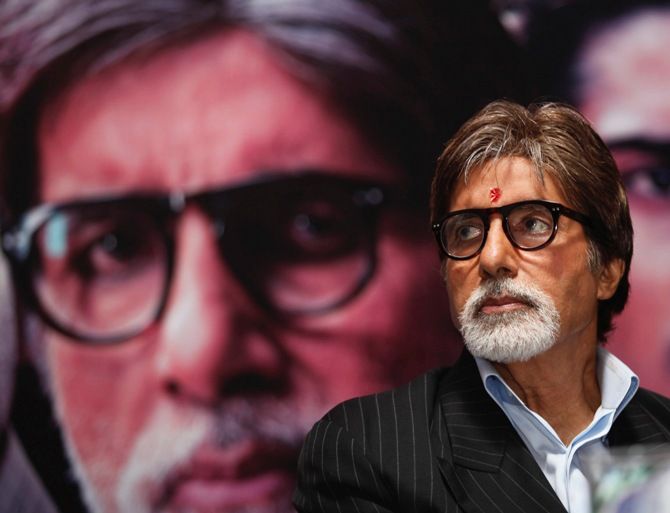
Unlike his movie career, the start to Amitabh Bachchan’s brand endorsement career was not inconspicuous.
It was only in the early nineties when an advertiser thought of tapping into the megastar’s appeal with a career forged in the early seventies.
Since then, Bachchan has made it look effortless, slipping into radically opposite avatars -- from the dapper user, replacing Pierce Brosnan, for premium suitings Reid & Taylor (2003) to the purveyor of Miss Palampur or Radha, the cow’s beauty, for Cadbury Dairy Milk’s meetha (sweet) moments.
He has been the reprimanding elder for new parents for polio prevention and the mischevious grand-dad replacing sugar with honey for Dabur.
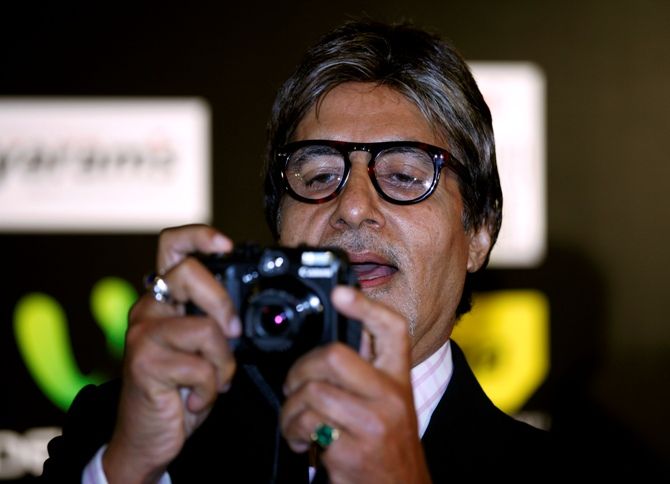
While Hindi movies got their next change in theme -- from romantic movies to crime and thrillers -- with Zanjeer (1973), when Bachchan distilled the angst of his generation as the Angry Young Man, advertising was still transitioning from a stiff English upper-lip to a more desi craft and flavour.
Bachchan’s first TV ad was for BPL in 1995. Ajit Hoon, co-founder, Dhar & Hoon, which worked on the campaign, says, “Sony and Panasonic were weaving their way to India, post-liberalisation.
“So, the common link for both Mr Bachchan and BPL was self-belief.”
The corporate campaign was not product-specific, says Sanjay Prabhu, then vice-president, brand management, BPL (now head, Indigo, owner of Radio Indigo).
“We wanted to break out of the BPL-Videocon-Onida circle and be considered in the set with the MNC brands.
“We signed him on for Rs 6 crore (Rs 60 million), an endorsement deal that was the biggest in Asia at that time,” says Prabhu.
Hoon says the campaign not only grabbed eyeballs for BPL but also increased its valuation in the market.
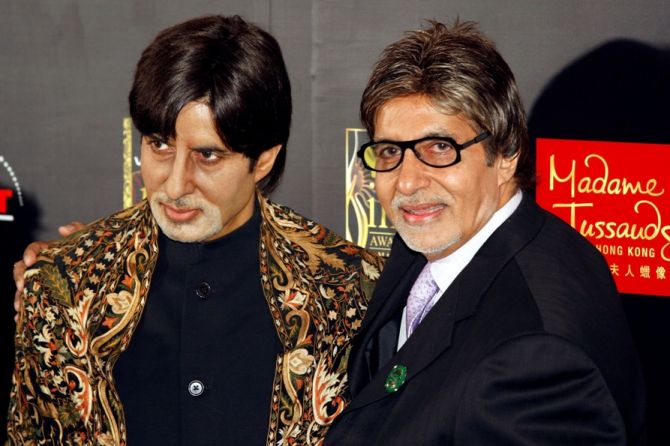
The turn of his persona
The turn of the century also marked Bachchan’s re-invention.
By 1999, ABCL, his entertainment company, had declared bankruptcy and some of his movies in the nineties saw him in an identity crisis trying to make the journey from playing a young man to a middle-aged one and as an observer says, ‘performing below his stature’.
He turned to the small screen as a host. It was with Kaun Banega Crorepati, on Star TV, in 2000, that Bachchan’s career saw its rebirth, and his endorsements quickly reflected the change.
Santosh Desai, MD & CEO, Futurebrands India says, “KBC sealed his persona as the empathetic elder.
“It marked the end of his days as an angry, young son to becoming a father-figure for the changing times -- kind, benevolent but not regressive.”
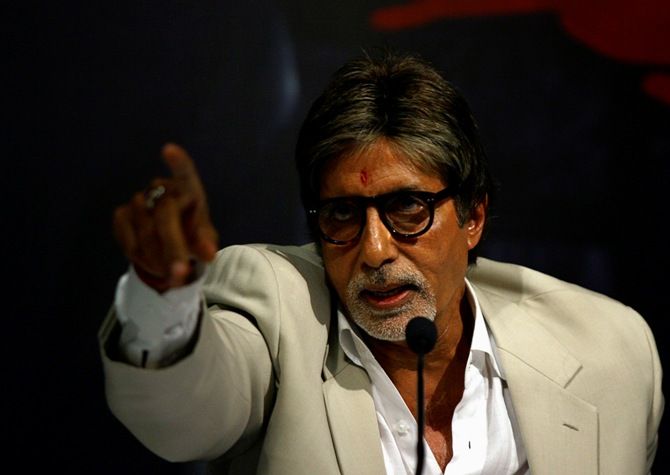
Piyush Pandey, executive chairman and creative director, Ogilvy & Mather India and South Asia, who has worked closely with Bachchan on the Unicef polio campaign, Gujarat Tourism, Binani Cement, Cadbury, and even Doordarshan’s song for national integration, Mile sur mera tumhara, says, “With KBC, people felt, ‘Hey, somebody of his stature is talking to me’ and that happens even today”.
Cadbury, Reid & Taylor (which wanted to broad-base its appeal), Pepsi, Nestle’s Maggi and a host of other brands soon followed.
In fact, it was following KBC’s first season that PepsiCo renewed its association with Bachchan in the end of 2000, for its flagship cola, Pepsi.
He used to be the face of its Mirinda Lemon, with a cameo role mouthing the tagline, Jor ka jhatka, dheere se lage, till 1999.
But Bachchan stirred up a debate earlier this year when he rued the association and said he ended it after a little girl reminded him that it might be a harmful product.
While some believe his claim, others say it was again a clever repositioning of his endorsement career, in an effort to steer clear of controversies later regarding the responsibilities of an ambassador.
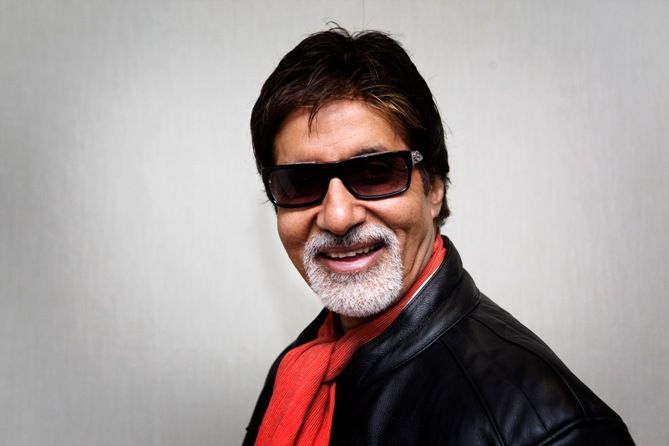
The appeal
Pandey says, “Exuding a sense of sincerity and wisdom, he is one you want to believe.” The Cadbury campaign, following the worm controversy, with Bachchan saying that nothing was wrong with the product anymore, turned around public opinion overnight, says Pandey.
A messenger does not have to be a user all the time, says Pandey: “He was a user with Reid & Taylor but in the polio campaign, he was like a concerned elder chastising people. I had told him that I wanted him as an ‘angry old man’”.
Desai says “Since his earliest ad with BPL, he has had this role of being the presenter of the larger India story. And, that is a role that implicitly has longevity.”
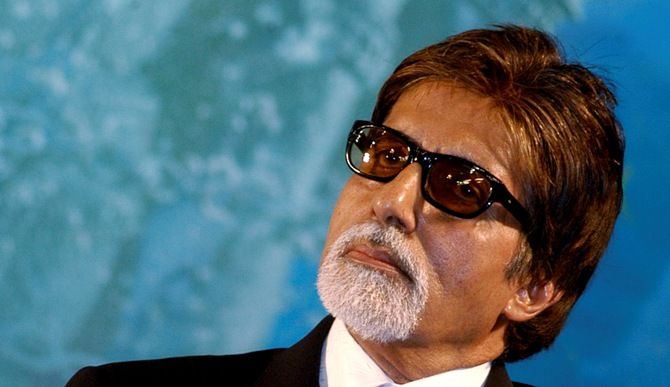
The off-notes
But given his universal popularity, do brands take a shortcut to fame with Bachchan? Pandey says, “Brands can be stupid at times and lazily use him.
“If you have him onboard, you have to work 10 times harder because he is eager to add value at every step of the way, from scripting, retaking shots to redubbing.” Desai says,
“There are times when confused money finds Amitabh Bachchan.”
Emami’s Navratna cooling hair oil and even crop protection solutions-provider Dhanuka Agritech have been unlikely advertisers to rope him in. But the clue lies in Bachchan’s hold over the Hindi-belt, points out Sanjay Shukla, CEO, Percept Sports & Entertainment.
“Bachchan has some 30 questions before signing on a brand but the products might be relevant to the hinterland, something that an urban audience would not connect with,” he says.
Depending on his assignment terms, whether for one day or two days in a year, or a block of two years, Bachchan is estimated to charge between Rs 7 crore (Rs 70 million) and 12 crore (Rs 120 million) per year.









